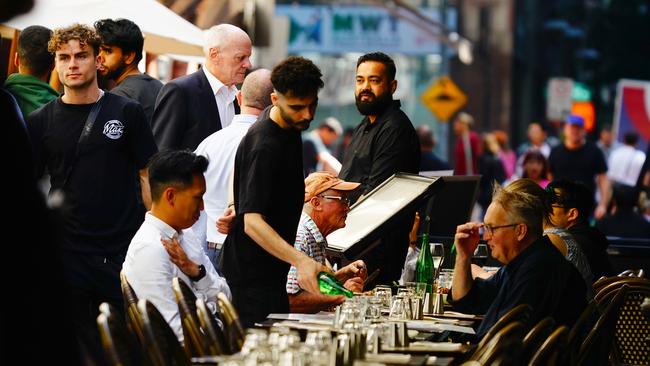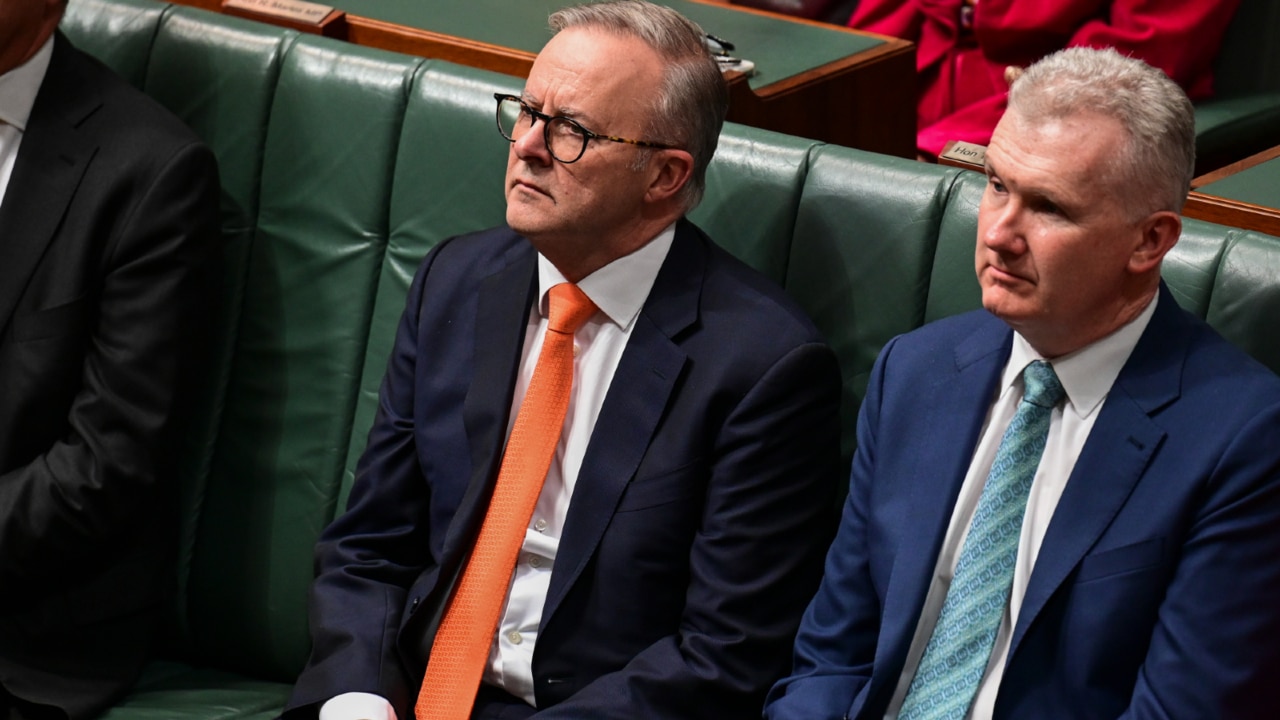ABS reports rise in Aussies working more than one job
More and more Australians are taking on multiple jobs to keep their heads above the water, but the issue runs deeper than just cost of living.

At Work
Don't miss out on the headlines from At Work. Followed categories will be added to My News.
Florist Bridget Sheehan works at The Flower Nook shop in the Adelaide CBD, but like hundreds of thousands of other Australians, it’s not her only gig.
The 27-year-old casual worker complements her dream job at the flower shop with work at a cafe, making her one of some 961,000 workers holding multiple jobs across Australia.
For Ms Sheehan, juggling two jobs can make for a “hectic” work life.
“I only have one day off a week,” she said.
“I work six days. I studied to be a florist, I love working here, there’s just not enough hours.
“A lot of floristry jobs aren’t offering full-time work.
“It’s important to live and be able to save and what not, so I need two jobs.”
She said she was “managing to get by”, but cost-of-living pressures could sometimes be “overwhelming”.
“I’m a bit stressed,” she said.

“My other job is down the South Rd, where they are doing the works.
“It has been really quiet, the roadworks have affected that, so therefore sometimes shifts can get cut there, so it has been a little bit stressful.
“Money and hours and just the cost of everything.
“Groceries are expensive, that’s probably where I spend most of my money.
“Rent is consistent. I’ve got my head around making sure I’ve got money aside for that.
“It’s the things that change every week.”
There has been a steady uptick in the number of Australians working more than one job, the ABS reported this month, with 6.5 per cent of the workforce now classified as multiple job holders compared with 5.2 per cent in June 2014.
“Multiple job holders usually worked 30.8 hours, on average, in their main job and 8.7 hours in their secondary job – a total of 39.5 hours per week, on average,” the ABS said.
“Single job holders usually worked 35.0 hours per week, on average.”
There has also been a rise in the number of people working a full-time job and then a part-time role on top.
In December 2019, before the pandemic, there were 258,200 people with both a full-time and part-time job.
In June 2024, the number hit 294,400.
In June 2014, the figure was 190,200.
Some 7.2 per cent of employed women hold multiple jobs compared with 5.7 per cent for men.
“People working in the administrative and support services in their main job had the highest multiple job-holding rate in June 2024 (at) 9.5 per cent,” the ABS said.
“Multiple job holding was least common among people whose main job was in electricity, gas, water and waste services (at) 3.5 per cent.”

Labour economist Marian Vidal-Fernandez, an associate professor at The University of Sydney, said the trend rise in multiple jobs had been building in Australia since 2015, with multiple factors at play.
“If you actually look at the trend, you see the gig economy has been steadily increasing, so you basically ignore the cycles and Covid; draw a line from 2015 to now, it is increasing,” she said.
“I think it is interesting to see the trend almost coincides with the start of the gig economy.”
Cost-of-living pressures pushing workers to seek out more money was one factor, Associate Professor Vidal-Fernandez said, but the drive for money was true “at any point in time”.
The number of multiple job holders could increase when the economy was going well, she said, because there were “more opportunities for jobs”.
“The increase in remote work after the pandemic that saves commuting time might also have freed some hours for workers to employ in another job, contributing to the increase as well,” Professor Vidal-Fernandez said.
The economist warned the rise in multiple job holders could carry risks for the Australian economy.

“We will need to know to what extent that extra income comes from a job that has no security,” she said.
“For example, you might well make a lot of money doing Uber, but you are not putting anything into your super.
“We will need to know more whether the increase in moonlighting is also increasing the insecurity of workers.
“If that is the case, it is worrying, because as you approach retirement, or something happens to you, you have an accident, then that leaves you unprotected.”
Ms Sheehan has no paid leave protections as a casual.
“If I get sick, that can always get a bit tricky,” she said.
“If you’re not on top of what bills you have, or kind of have a plan, it can be stressful and overwhelming.”
She is renting a place in the inner city and said owning a home was a distant prospect for her.
“Unless I was to win the lottery … it doesn’t seem like it’s something that is going to happen for a long time,” she said.
Originally published as ABS reports rise in Aussies working more than one job



